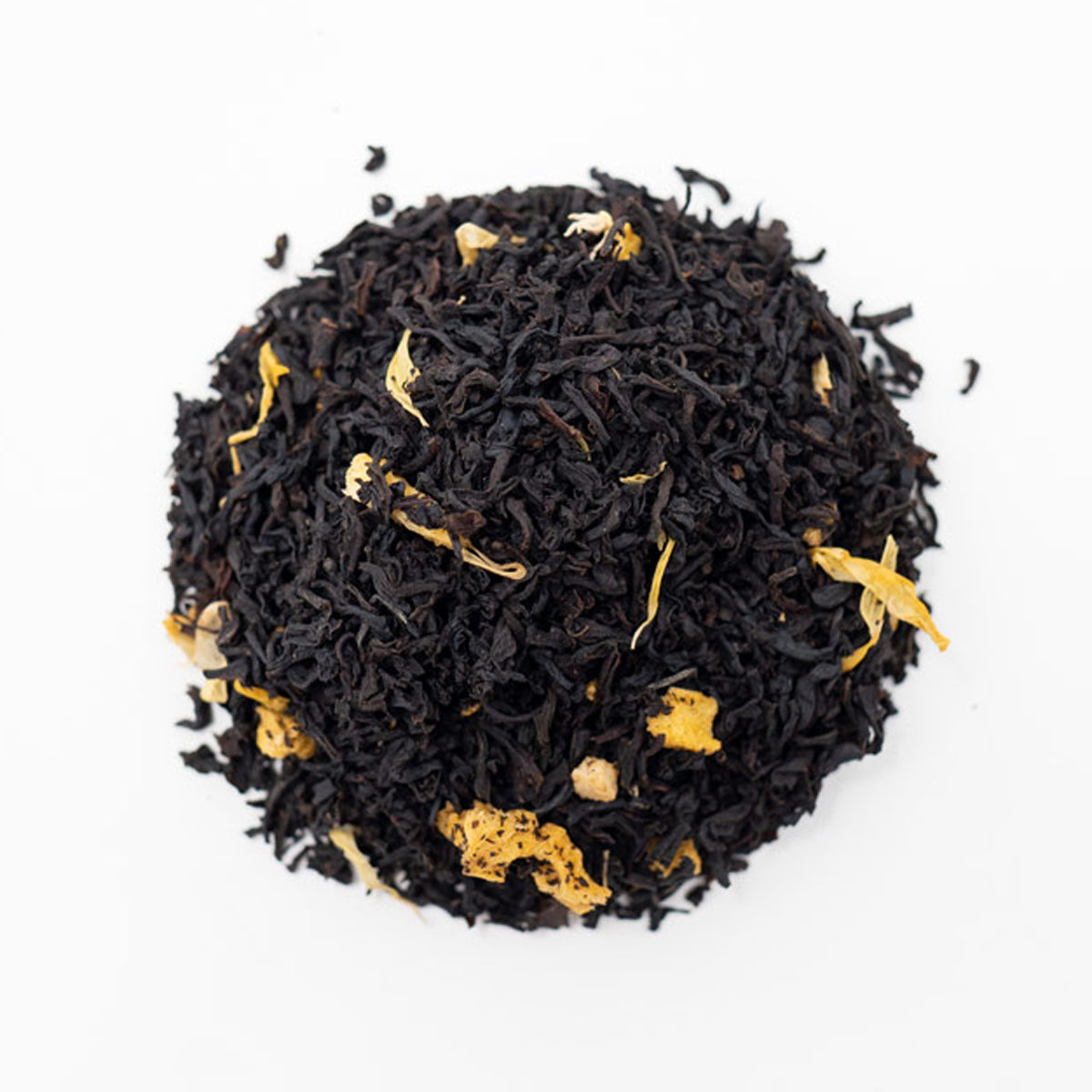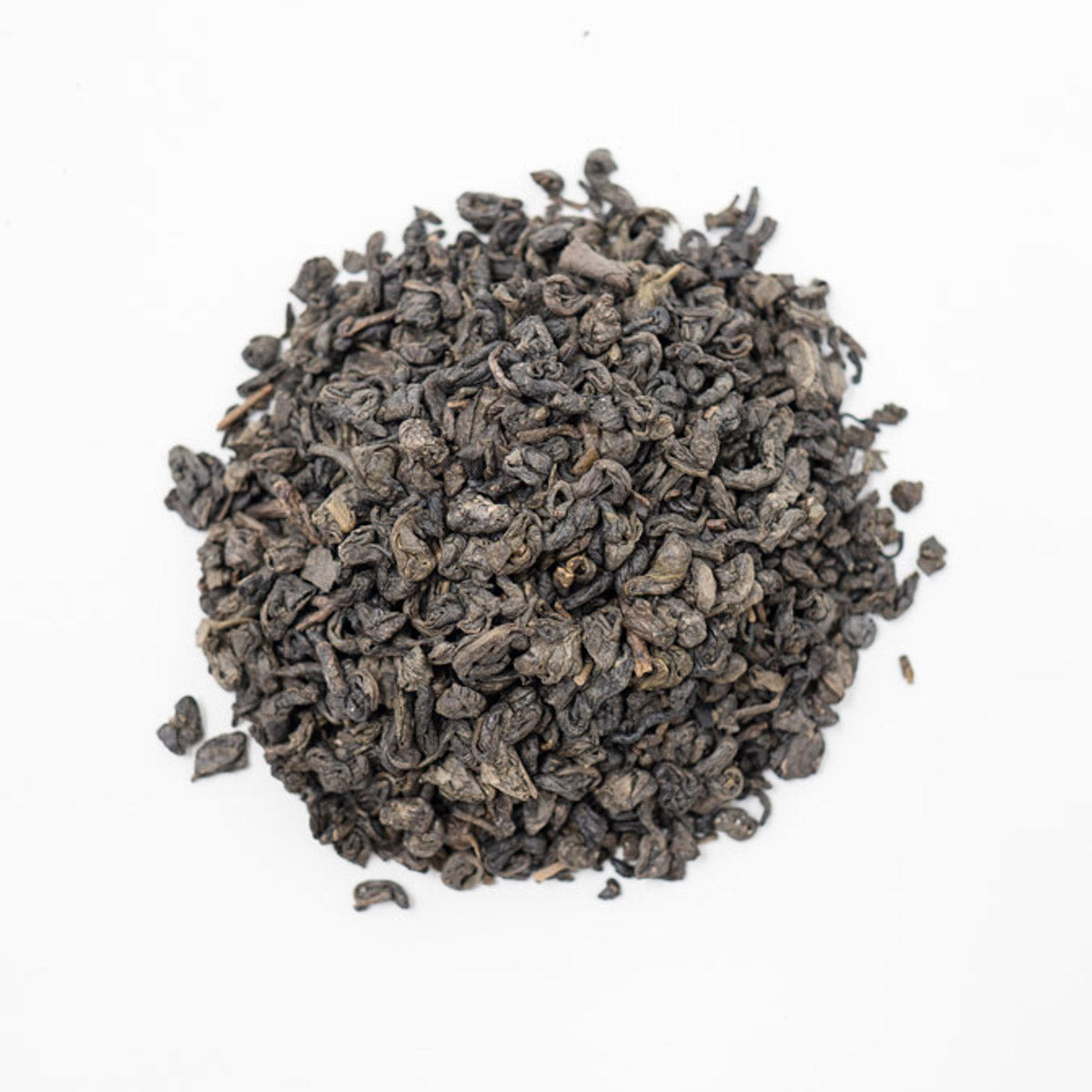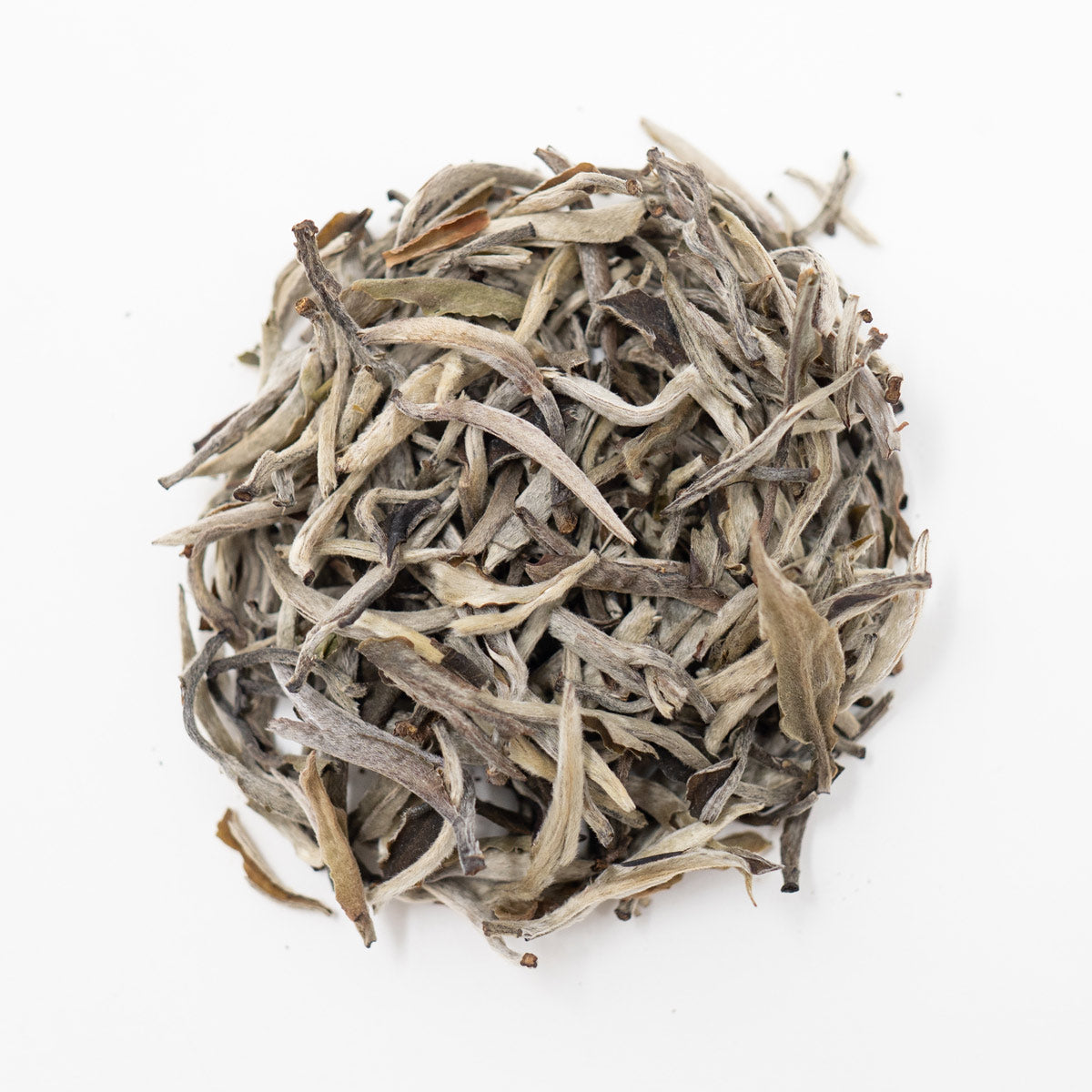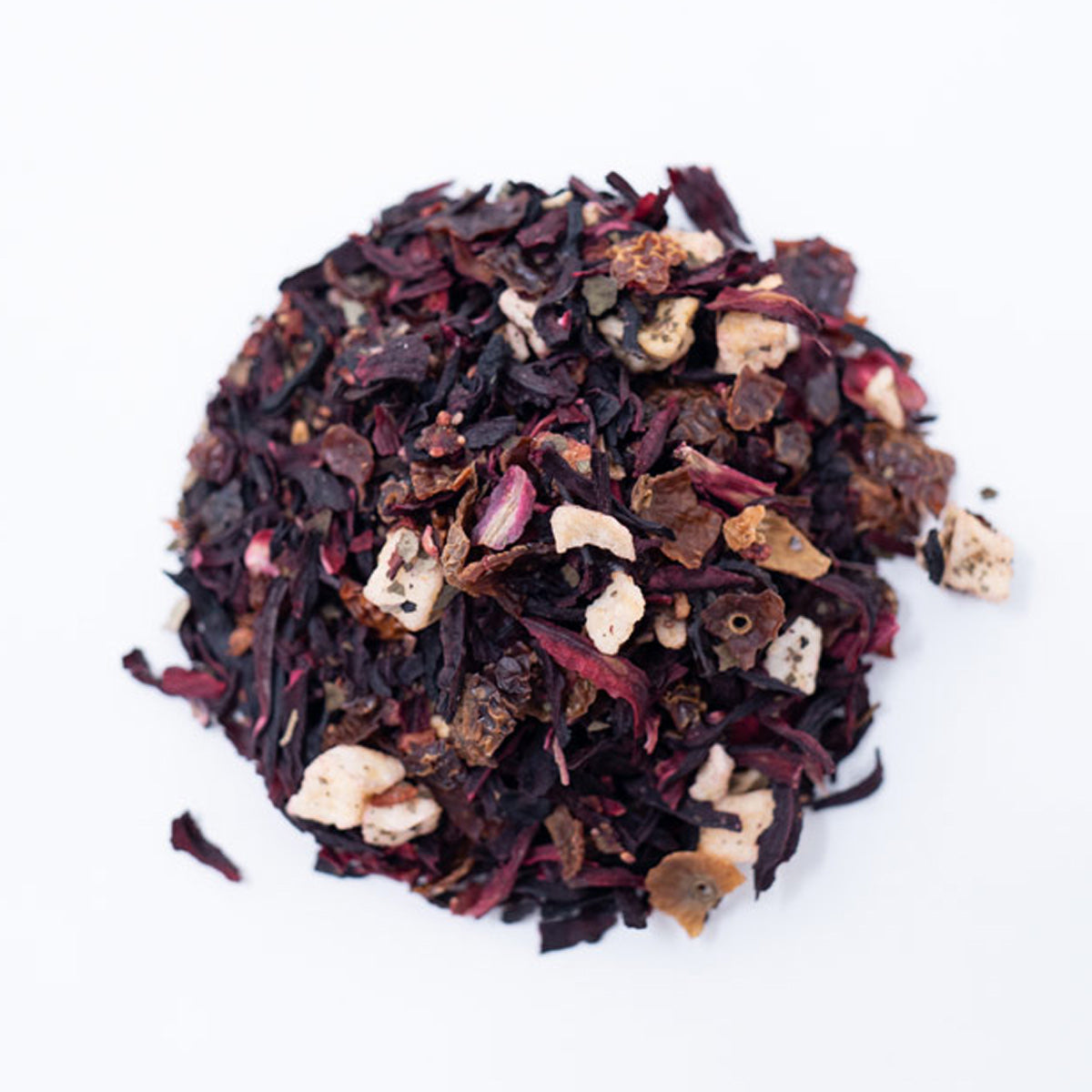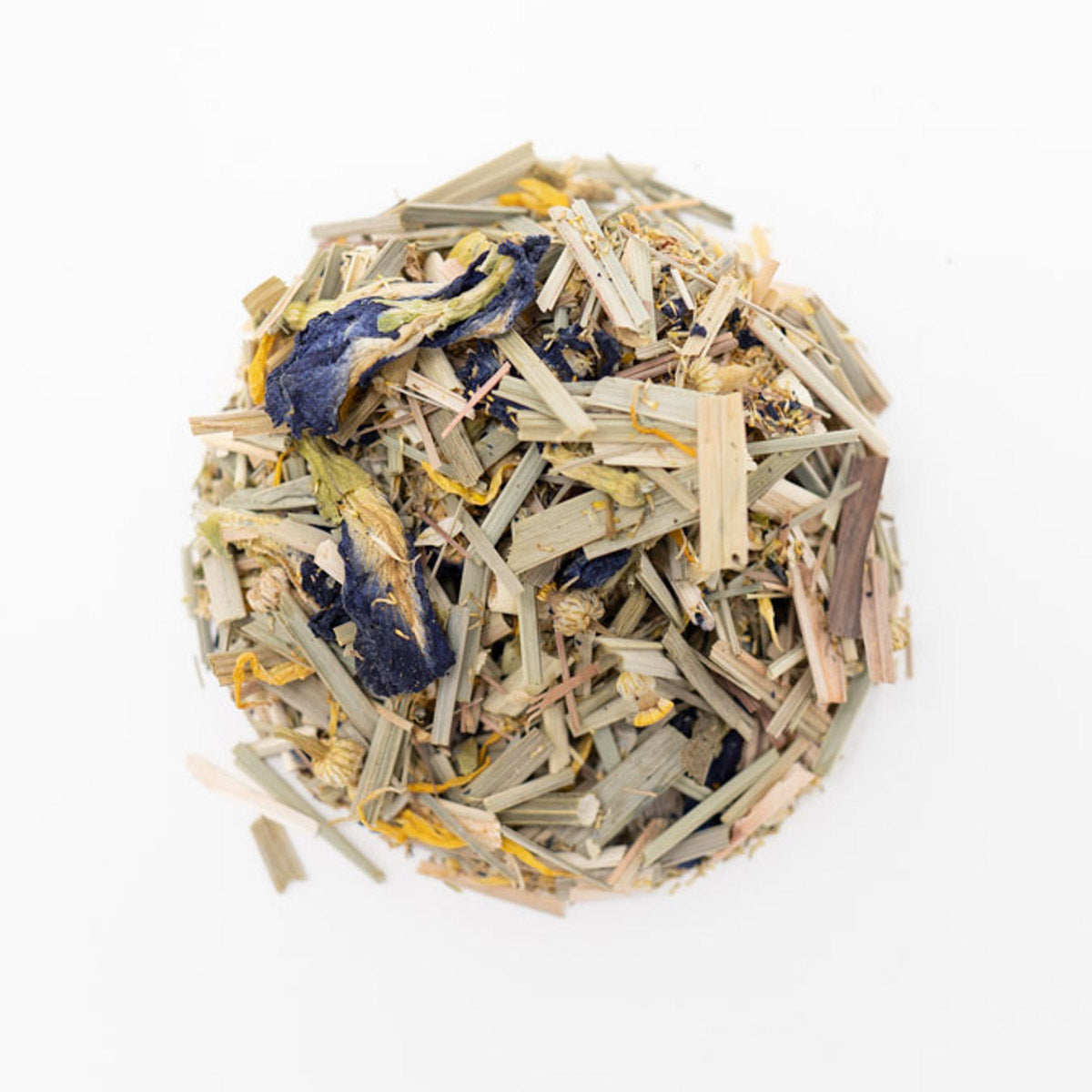China | Tea's Birthplace and Top Producer
Of all the tea origin stories, the history and evolution of tea in China is perhaps the most influential. The act of tea drinking first began in China and has been a part of their culture since before the third century. Originally, monks used tea for medicinal purposes, and over time, it has become an everyday refreshment and cultural banner of wealth and status. With thousands of years of tea exploration under its belt, China has perfected its harvesting methods, providing premium-grade teas for the world to enjoy.
The Origin Legends of Tea
One of the first accounts of tea comes from China in 2737 B.C. According to legend, the Chinese emperor Shen Nung was lounging outside when a massive gust of wind swept through the tree above him, causing some leaves to fall into a pot of water boiling nearby. Enticed by the verdant scent, Shen Nung drank some of the accidental brew and was pleasantly surprised by the unique, yet enjoyable flavor. He named the beverage "ch'a," and it became widely used for medicinal purposes. The leaves that fell into the boiling pot of water came from the Camellia Sinensis plant, and it continues to be the source of tea today.
From the 4th through the 8th century, the popularity of tea quickly grew, and plantations were growing tea all throughout China. It became more than a medicinal beverage and was enjoyed daily as the cultural refreshment of choice. Green tea was the main tea enjoyed up until the mid-17th century. As foreign trade grew and new fermentation techniques were used, black tea was introduced, and it became a huge hit for its resilient aroma and flavor. The influence and admiration for tea have continued to thrive and remains a symbol of China's history, culture, and religion. The legend of Shen Nung’s discovery is not the only potential origin of tea, however. A historical account dating back to 1046 B.C., during the Zhou Dynasty, indicates that herbal infusions using the leaf of a special plant were one way for healers to care for the sick. During this time, tea was very expensive and only available to the Emperor and high-ranking peers.
Whatever the true origins of tea are, the main consistency through all of them is that tea was originally used for religious and medicinal uses. It was not until the Tang Dynasty (618 to 907 A.D.) that drinking tea socially became widespread throughout the country. It was at this point that tea transitioned from being a purely medicinal drink to a social beverage and one of the essentials of Chinese culture. Tea processing also changed to better accommodate the increased interest of the Chinese people and trade with the West. The new process saw the tea leaves being roasted instead of steamed, creating dry leaves that kept their flavor. This newly packaged tea was seen increasingly on the infamous Silk Road to sell to merchants in the West. Increased sea exploration and trade also turned tea into a highly sought-after resource.
The Production & Climate of Chinese Tea
During most of its history, the style and presentation of tea was very different from how we prepare it today. Tea leaves were compressed into cakes called “brick tea.” To prepare the “brick” for drinking, it would be ground up in a stone mortar into a powder, and then hot water was added. The alternative was to drop one of the tea cakes into a boiling pot of water and wait for it to break up. During the Tang Dynasty, the process of brewing tea changed to the loose-leaf tea method we are familiar with today. For this technique, tea leaves are roasted instead of steamed. The process of roasting dries out the tea leaves, which preserves more of the essential tea flavor. This processing method continues to be the way most Chinese loose-leaf tea is produced today.
One of the main reasons tea was able to flourish and become the drink of choice in China was because of the climate. The Camellia Sinensis plant that all tea originates from needs specific conditions to grow. Temperatures need to remain consistently cool, and the plant requires mist and moisture in the air to help the leaves stay tender. Mountainous regions throughout China offer the perfect conditions for growing Camellia Sinensis. Just like high-end coffee and wine, tea can only grow in certain places around the world, and the highest quality tea comes from land in China. Because they have been growing and processing tea for centuries, the farms and plantations are experts in extracting the most flavor out of the best parts of the Camellia Sinensis. As new fermentation technologies, processing and shipping methods, and inventions have come up over the years, the tea farmers are forced to quickly adapt to keep their delicious tea shipping all around the world. The tea trade has been a staple of Chinese exports since they first started sharing their tea with the world in the 17th century.
In the current climate, it can be difficult to decide where and how to choose where to get your tea. The “farm-to-plate” (or “cup” in this case) movement has been greatly increasing the interest in buying fresh from local farms. We are all looking for the best quality when searching for our favored food and beverage, and here at Hackberry Tea, we take that responsibility seriously. Since 2014 we have strived to always bring our customers the best possible quality tea we could find. This means we have tested and tried dozens and dozens of sources for our tea, and the best quality tea consistently originates from China. Given the present climate, this may not be in vogue as the best source for tea, but we put quality above all else and you just cannot compete with Chinese teas. That's why you'll find more teas from China than any other origin at Hackberry.
For centuries, China has been the origin and primary source of tea for cultures all over the world. Advances in technology helped the farming and processing of tea become quicker, and global trade allowed everyone to taste this delicious beverage. More and more regions around the world have begun to start their own tea farms. However, China continues to produce the best quality tea money can buy. The unique climate required for Camellia Sinesis to thrive combined with centuries of knowledge and innovation makes China the best of the best when it comes to producing the most delicious tea.
